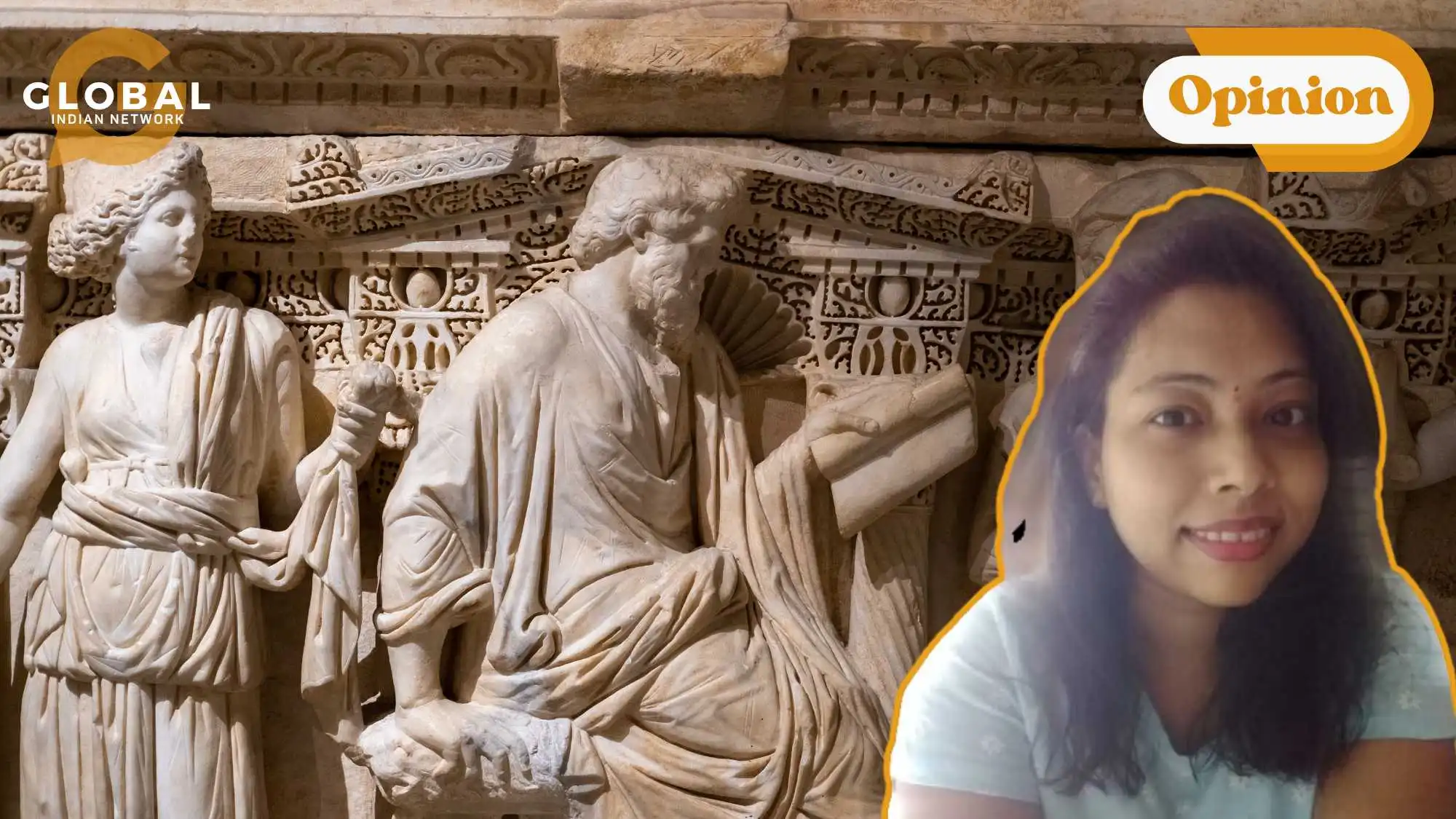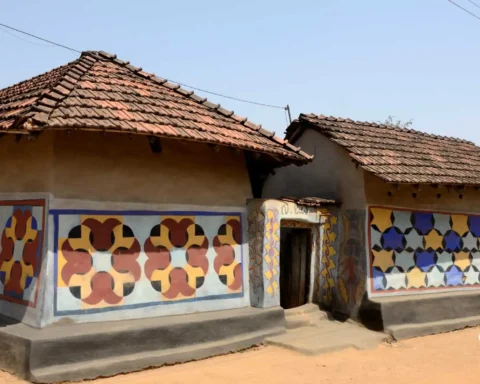This is for art lovers out there! We’re about to dive into the world of some seriously jaw-dropping sculptures. These are not the ones to see in the museums, which look cold – these masterpieces are so realistic, you should do a double-check. They look like real humans with veins and muscles that you can practically feel, and showcase emotions that jump right off the stone. Get ready to knock your socks off. Let’s get started!
Michelangelo’s David
Creation and Artist
Michelangelo made David which belongs to the Italian Renaissance, made between 1501 and 1504. This statue shows his talent and proficiency in art as well as his grasp of human anatomy and emotions.
Physical Characteristics and Subject
This statue of David was craved before fighting with the giant Goliath – while David is shown in a moment of tension and fighting spirit, but not in the victory pose we see in the case of other Renaissance works that have it as their subject which makes it different. It is 17 feet in height, captivating those who are well acquainted with the Bible.

Sculpting Techniques
This work was brought to life by using a range of specialized sculpting tools. The list of tools used by Michelangelo included subbia (a heavy, pointed iron tool), calcagnuolo (a two-toothed shorter blade) and gradina (a serrated claw chisel). He used trapano- a drill worked with a bow to carve out David’s hair and pupils made into hearts. The attention to detail and realism in this sculpture is remarkable, with even carving a prominent jugular vein in David’s neck.
Historical Context and Location
The new Republic of Florence ordered Michelangelo to create David when he was already a famous artist. Michelangelo carved the sculpture of David not only because he was well-known but because it symbolized the victory of a small guy over a big bully. Initially, it stood at Palazzo Vecchio before being transferred to Galleria dell’Accademia.
Source: https://www.accademia.org/
Bernini’s The Abduction of Proserpina
Artist and Creation
The Abduction of Proserpina is a Baroque sculpture made by Gian Lorenzo Bernini, from 1621- 1622. He had an extraordinary skill for art at an early stage since he was just twenty-three years old when he made it.
Subject and Style
Bernini’s sculpture depicts the mythological story of Pluto, the God of the Underworld, abducting Proserpina (also known as Persephone), the Goddess of Spring, characterized by dramatic movement and use of light and shadow common in the Baroque style. This sculpture shows Pluto’s hand firmly holding Proserpina as he takes her in force with his fingers sinking into her skin, which makes this statue realistic, suggesting motion and tension.
Artistic Mastery
Bernini is a master of stone as Proserpina’s clothes seem alive with clinched muscles underneath while they fall gently because their forms cling tightly around them as humans do. Pluto’s hands pressing into Proserpina’s thigh and waist look so real, it creates the illusion of flesh rather than stone.
Commission and Location
Today, it can be viewed at the Galleria Borghese, which now occupies the villa and houses many of Bernini’s other renowned sculptures, such as Apollo and Daphne.
Source: reddit.com
Sanmartino’s The Veiled Christ
Artist and Creation
In 1753, Giuseppe Sanmartino made this Baroque sculpture named “The Veiled Christ”, which was a masterpiece in his career that stands for his exceptional artistic ability and skill.

Subject and Composition
In Sanmartino’s sculpture, the body of Jesus Christ is covered by a transparent veil that is so thin that looks so realistic and seems like the veil hangs and hugs Christ’s body, giving both an impression of reality and sorrow.
Material and Technique
Sanmartino carved the veil by a method called “calcification” to appear almost like fabric instead of stone. This fine detail is what makes it possible for people to mistake this sculpture with real cloth even though it’s made out of marble. The softness in texture together with the level of detail is quite impressive and it’s difficult to believe that this is just an ordinary stone sculpture. The entire veil appears to be made of fabric, not stone.
Location and Historical Context
The Veiled Christ is at The Cappella Sansevero in Naples, Italy. The Veiled Christ, fetches visitors from all over the globe who come simply to admire it because it is fine art.
Source: https://www.museosansevero.it
Queirolo’s The Disillusionment
Artist and Creation
“The Disillusionment” by Francesco Queirolo also referred to as Il Disinganno is considered one of the most outstanding Baroque sculptures produced by him during the 18th century. It took him seven years to create this masterpiece.
Subject and Composition
The sculpture illustrates an angel who liberates the fisherman trapped in an intricate marble net. The story of this intricate piece is spiritual freedom.
Technical Marvel
Queirolo’s piece was a great deal of sculpting netted marvel in marble. Being too delicate and complicated for even an expert in carving to handle, the net further made evident his extraordinary courage and ability for hard work. The knots on the fisherman’s lines and the thin clothing, on the other hand, are some of the sculpted parts that demonstrate superb skills in marble art by Queirolo.

Symbolism and Meaning
Not only is “The Disillusionment” a technical feat it is also a symbolic piece that represents sin through the net and the release of an angel from its captivity signifies emergence from deception as well as the beginning of The Bible, placed near the fisherman’s feet.
Location and Historical Significance
This sculpture is in Naples, Italy, specifically housed at Sansevero Chapel bedside of “The Veiled Christ” another exceptional artwork of Giuseppe Sanmartino.
Source: https://www.ancient-origins.net/artifacts-other-artifacts/il-disinganno-0016784
So, what do you think? Pretty amazing, right?
These sculptures are so detailed they practically come alive. They make you wonder if Michelangelo was secretly a time traveler with access to a 3D printer, Bernini had a deal with the devil for such mastery, and well, Sanmartino and Queirolo? These guys are just magicians with stones.
Have you ever seen sculptures so realistic? Do let us know in the comment section below. If you have an opinion to share, please feel free to send an email to larra@globalindiannetwork.com.










